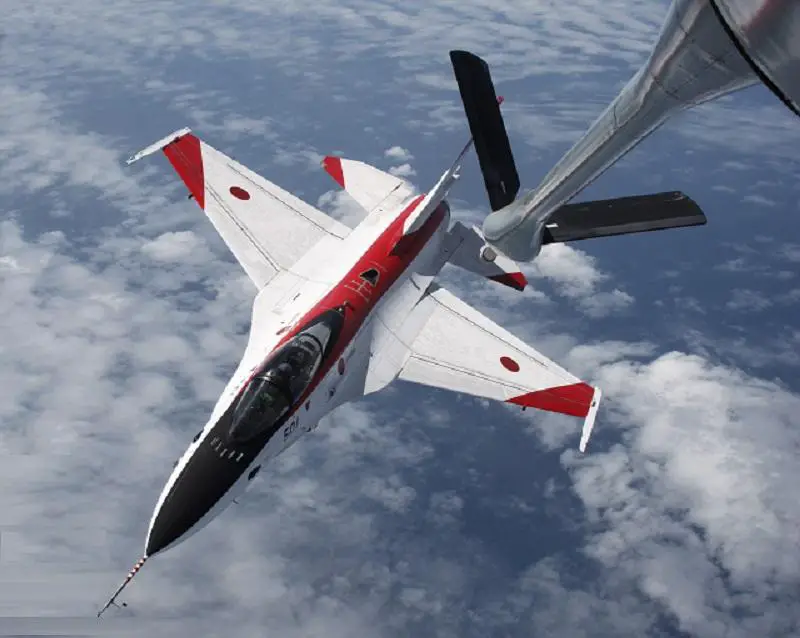The Japanese government plans to allow exports of fighter jets, missiles and other arms to 12 countries, including India, Australia as well as some European and Southeast Asian nations. These countries include Vietnam, Thailand, Indonesia, Malaysia, the Philippines, the U.S., the U.K., Germany, France and Italy. The Nikkei reported that the government aims to enhance deterrence against China by cooperating with countries that have signed individual security agreements with Tokyo. In 2014, Japan established a principle regarding transfers of defense equipment and eased regulations that had prohibited its export. However, it still bans exports of lethal weapons.

Japan is planning to develop new fighter jets and medium-range anti-aircraft missiles with the U.S. and the U.K. Since Russia invaded Ukraine in February, Asia’s security environment has been growing increasingly severe. Like Japan, Australia, India and some nations in Southeast Asia are wary of China’s expanding military footprint. Japan intends to strengthen bonds with these countries by offering them arms that allow them to assume a stronger defensive posture. Southeast Asian countries are willing to buy low-priced fighters, and the U.S. and Europe are also marketing to the region to prevent the spread of Chinese-made fighter jets.

Export customers will allow Japan’s manufacturers to lower their production costs. This will also lower the Japanese government’s procurement costs and lighten its financial burden. Without measures to promote exports, Japan’s shrinking defense industry could run into difficulties procuring parts for arms. Still, concerns remain as Japan-made military equipment could be used in international conflicts. Tokyo exported a warning and control radar to the Philippines under the only defense export contract since 2014, when the government eased regulations that had forbidden such sales.

While Japan rebuilt a domestic arms industry capable of designing and manufacturing military systems that industry could not achieve economies of scale by exporting abroad. In the last few decades, Japan’s ruling conservative party, driven both by nationalistic sentiments and mounting military pressure from China and North Korea, has chiseled away at restrictions on the Self-Defense Forces and defense industry. In theory, if Japan’s defense sector could profit from arms sales. And that’s especially pertinent as Tokyo seeks to respond to qualitative improvements in the Chinese military by developing a new generation of military systems.
















